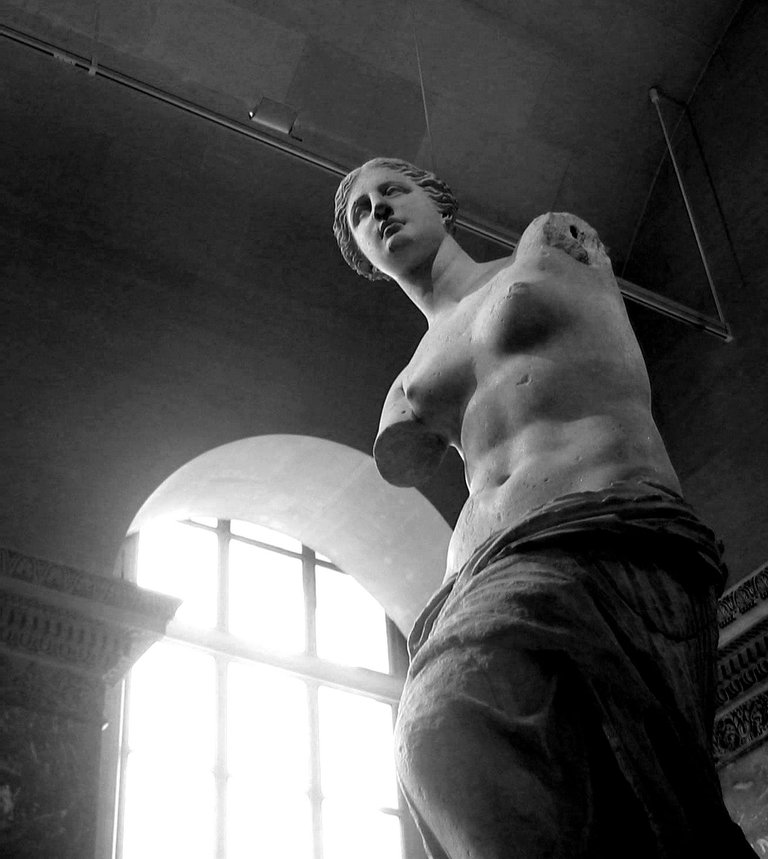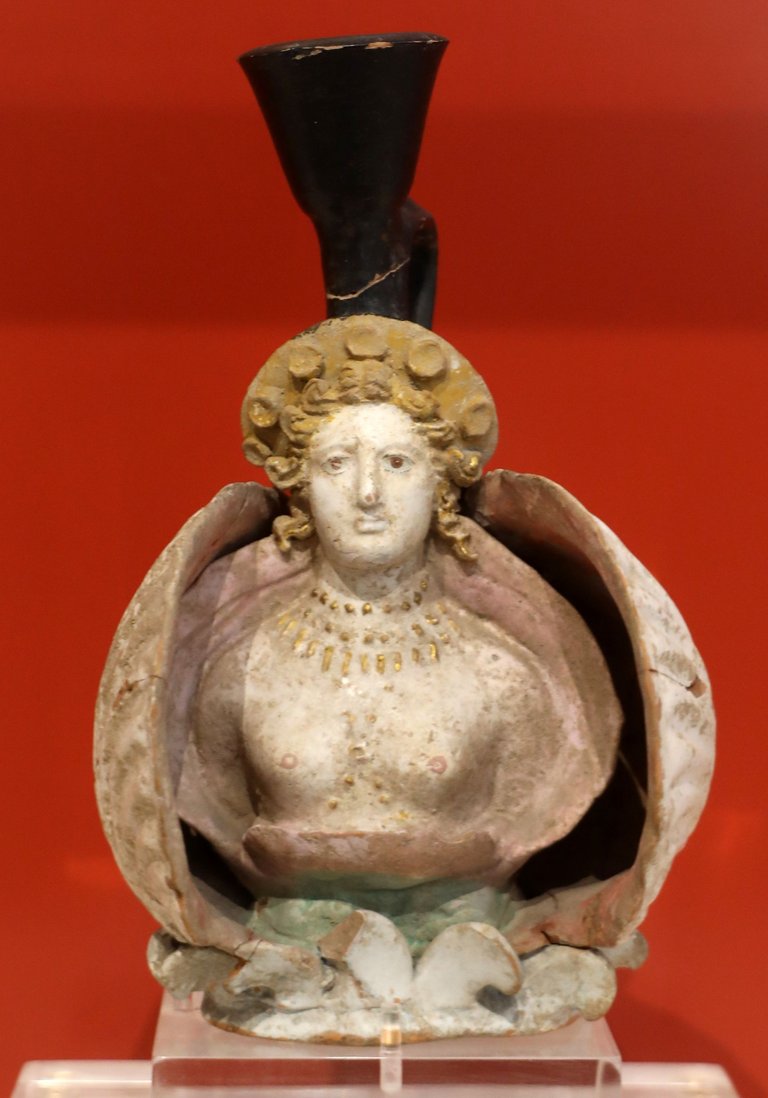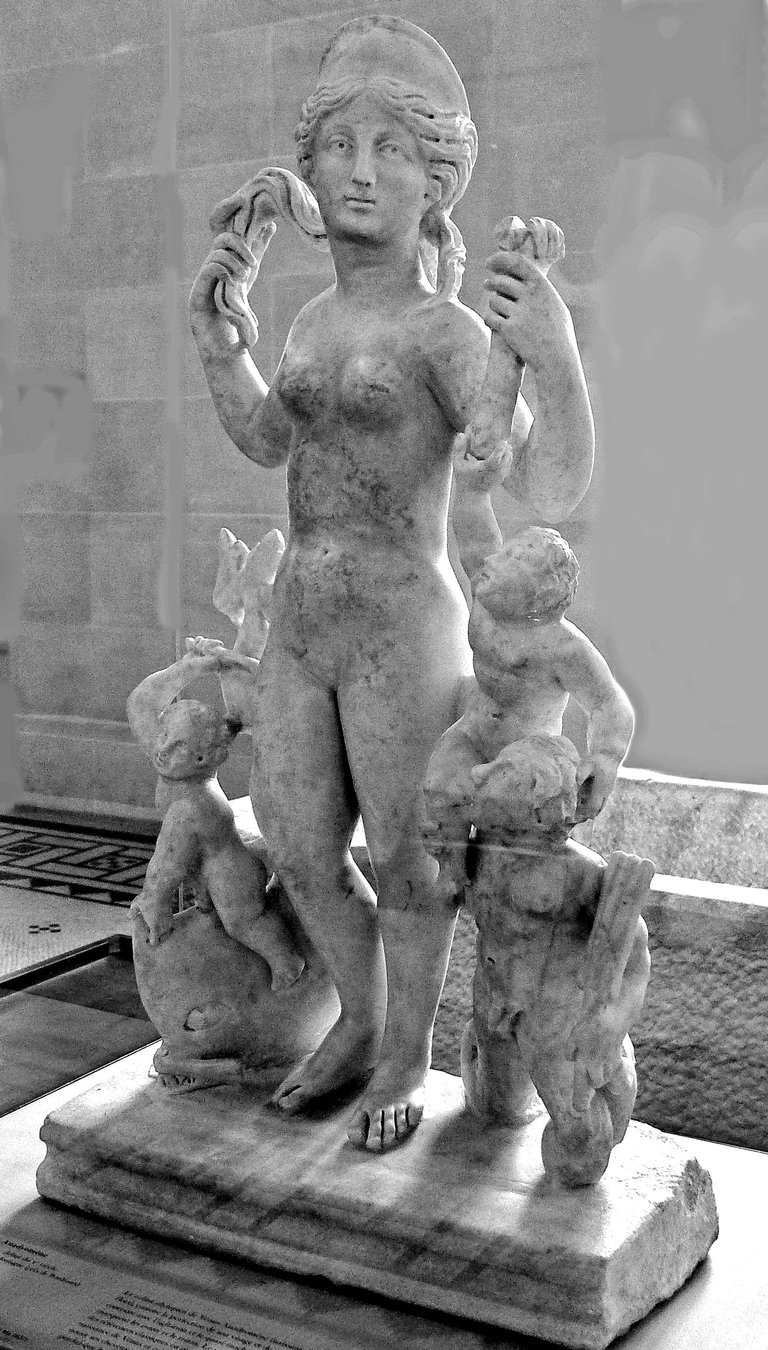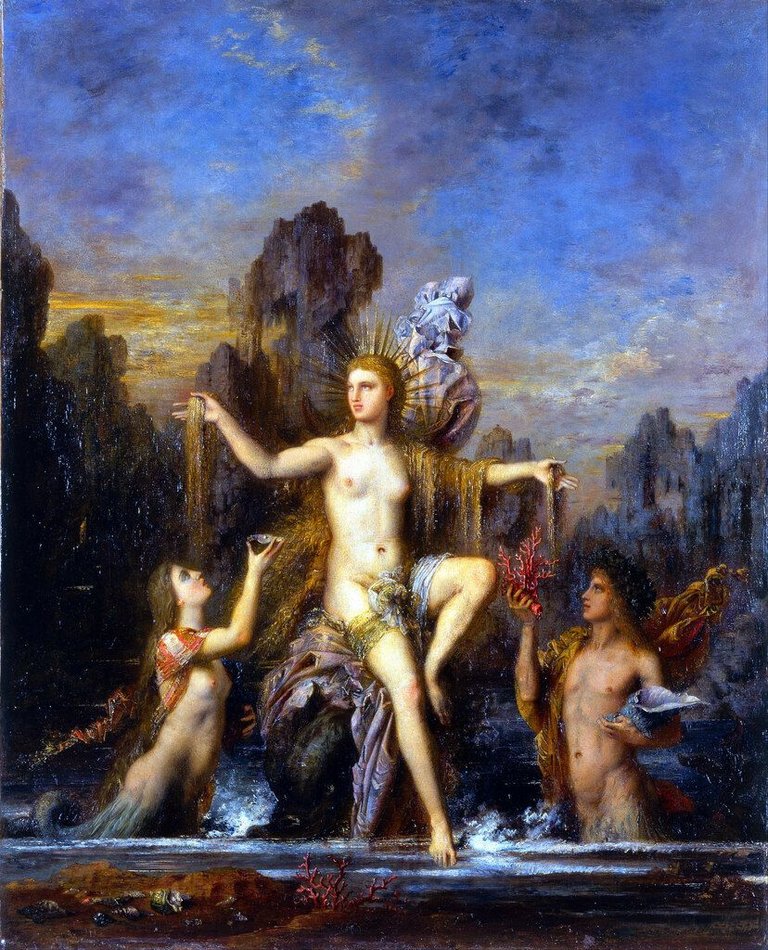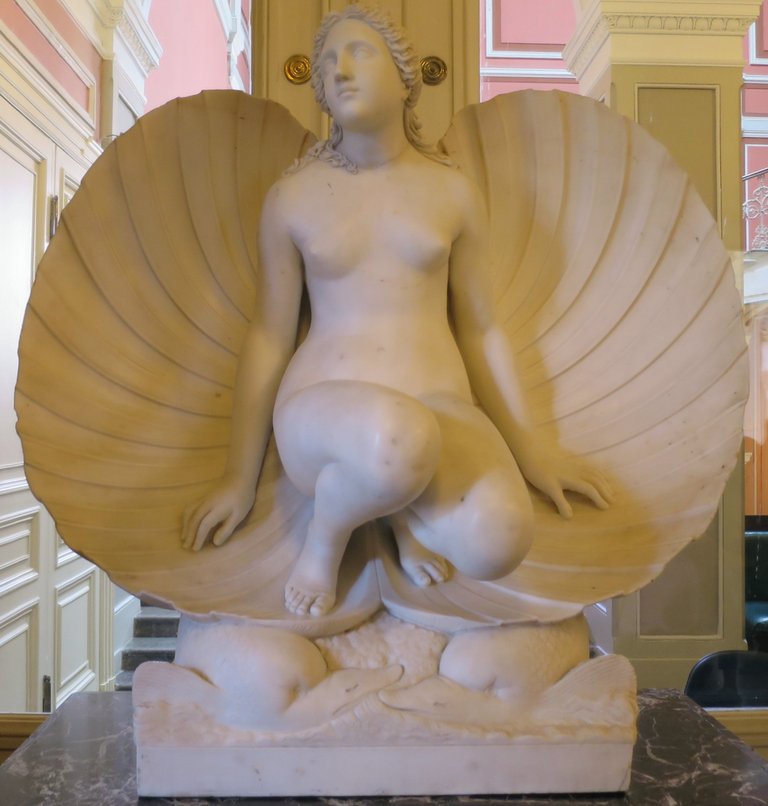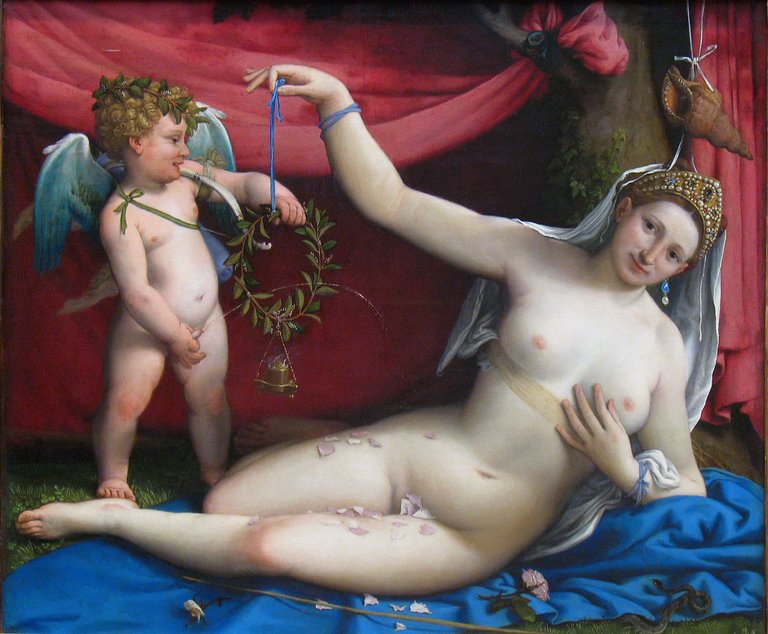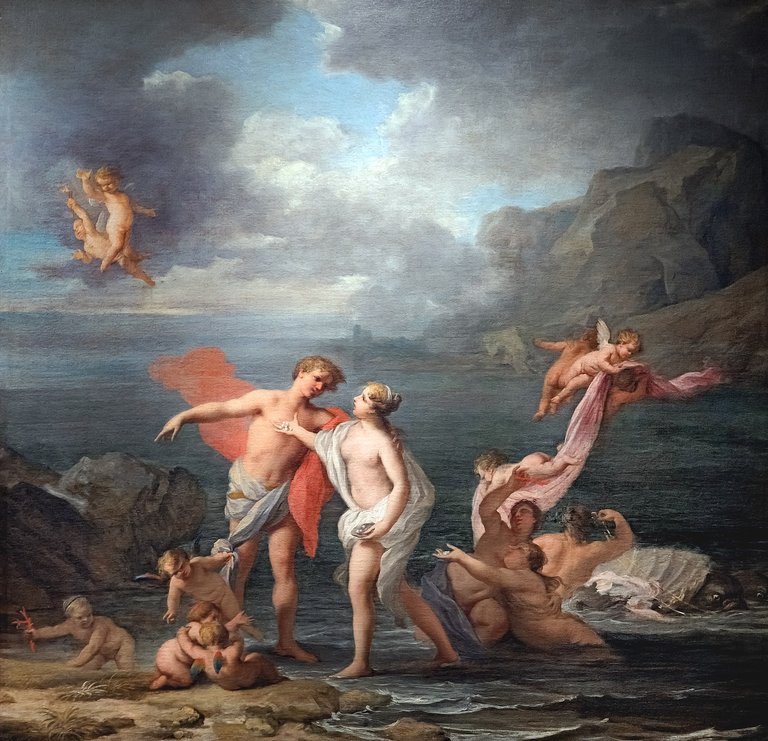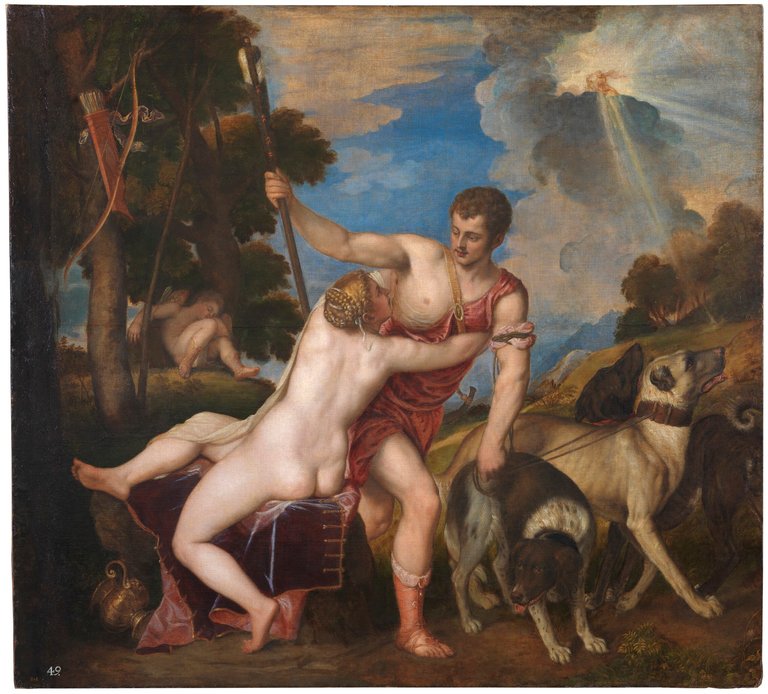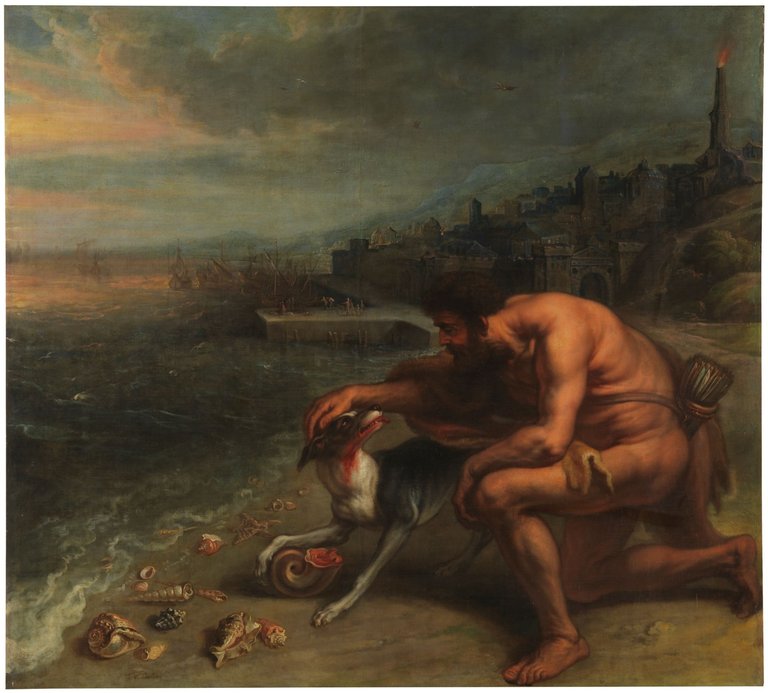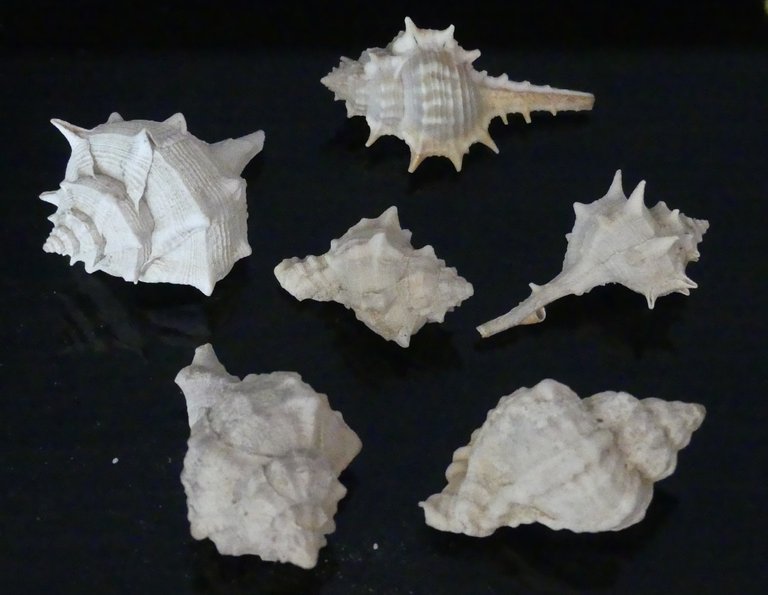Venus or Aphrodite — the Roman/Greek Goddess born of the Ocean on the Island of Cyprus and Cythera, whose metal is Copper: the famous Cyprian ore of antiquity — was the subject of Shakespeare's first published work: Venus and Adonis.
As mentioned in the previous post on Hygieia, the etymology of the word Venus is connected with Venom: 'Venom' and the Goddess of Love. From this article we see that venesom/venenum means: "magical charm, potent drug." Copper, the Red Coral, along with the Murex (Bolinus brandaris, Hexaplex trunculus and Stramonita haemastoma) and it's Sacred Purple are found in close association with Venus and certainly lead to the meaning of the word venenum.
Then, of course, there is the connection of the Goddess with the Planet Venus and all its history; and it is from here we find the Greek names Ἕσπερος (Hesperus) and Φωσφόρος (Phosphorus) and then the Latin analogues of Vesper and Lucifer. In Mesopotamia the planet was linked to Inanna-Ishtar. Source.
In Chinese the planet [Venus] is called Jīn-xīng (金星), the golden planet of the metal element. It is known as "Kejora" in Indonesian and Malaysian Malay. Modern Chinese, Japanese and Korean cultures refer to the planet literally as the "metal star" (金星), based on the Five elements. Source.
Venus was considered the most important celestial body observed by the Maya, who called it Chac ek, or Noh Ek', "the Great Star." ... They also named it Xux Ek', the Wasp Star. Source.
